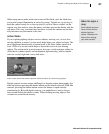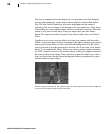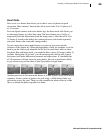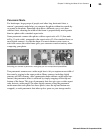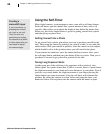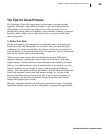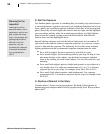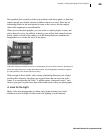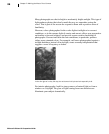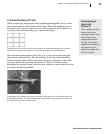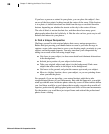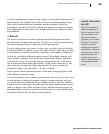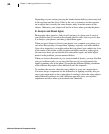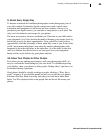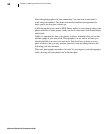
Microsoft Picture It! Companion Guide
35
Chapter 2: Making the Most of Your Camera
One problem (but certainly not the only problem) with these photos is that they
capture people out of their element, without context or a story. There are no
interesting details in the background to draw in the viewer, and the subject
often looks impatient or uncomfortable.
When you are the photographer, you can strive to capture people, events, and
places that tell a story. In addition to having your subject look natural and not
posed, details in front of the subject or in the background can stimulate the
imagination to re-create the story of the photo.
This photo captures the destruction of an earthquake just hours after the event. Because the
photo was taken before the rubble was cleared away, the photographer was able to capture
the many details of the scene that tell the story.
With enough of these details, and a strong relationship between your subject
and the other elements, the photo can suggest ideas that are not even in the
frame. You can take the old cliché “A picture paints a thousand words,” and
make it your goal to paint more than a thousand words with your photographs.
4. Look for the Light
Many of the best photographs are taken early in the morning, late in the
afternoon, and at twilight. At these times the lighting is most dramatic.



